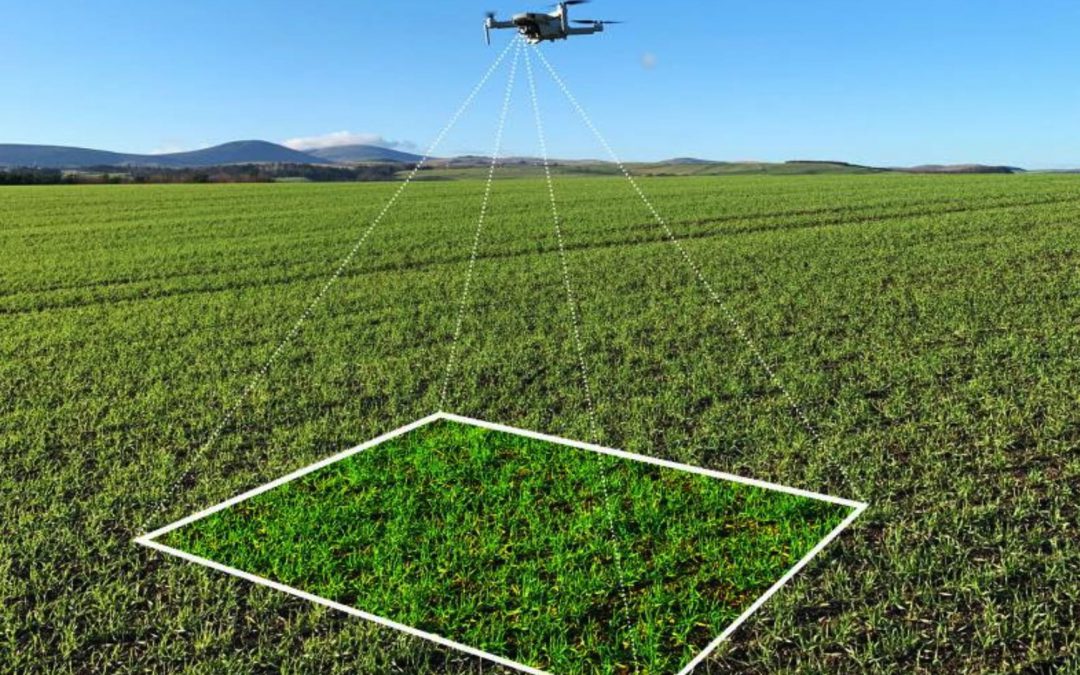The imagery world has been slow to capitalize on new and highly capable data collection platforms (e.g small-satellitess, drones) leaving many either underwhelmed with the data analysis or effectiveness of the data to solve a problem. Artificial intelligence (AI) has revolutionized many fields, and image analysis is no exception. AI-powered image analysis is becoming increasingly popular because of its accuracy, speed, and ability to perform complex tasks that are difficult or impossible for humans to do. In this blog post, we will explore the reasons why AI will enable you to get more utility, value, and repeat customers from your imagery.
Accuracy
Traditional image analysis methods rely on manual inspection and interpretation, which can be time-consuming and prone to errors. AI-powered image analysis can detect even the smallest details in an image, such as minute differences in color or texture. For example, AI algorithms can detect subtle changes in vegetation that indicate the presence of a disease or stress, which can be challenging to detect with the naked eye or even blunt indices like the Normalized Difference Vegetation Index (NDVI). Under the hood, AI is matching known features, conditions, and objects “baked” in a Data Model with new imagery to detect high-confidence matches to the Data Model.
Speed
AI algorithms can analyze vast amounts of data in a matter of seconds or minutes. This speed is critical in many applications, such as Precision Agriculture, where early detection of a disease can save an entire field or crop.
Scalability
AI-powered image analysis is highly scalable, making it suitable for applications that require the analysis of vast amounts of data. Coupled with cloud architectures that can scale on demand, AI is able to adjust processing speed and compute resources in order to output timely.
Unbiased Analysis
Human analysts can be influenced by their biases, which can lead to incorrect conclusions or judgments. In contrast, AI algorithms can analyze data objectively, without being influenced by personal biases or prejudices. This unbiased analysis can lead to more accurate and fair results, which can have significant implications on predictions like crop yield estimates and environmental impacts.
Adaptive Analysis
AI-powered image analysis can adapt to new data and changing conditions, making it suitable for applications that require real-time analysis. Since data models require training, this training can be consistently updated as new features and conditions exist, improving accuracy and reliability.
In the end it’s about be being fast, accurate, and ever-improving because the environment is dynamic and complex. AI adapts and evolves quickly, giving you greater peace of mind that what it sees is reality.

Recent Comments